
Imaging ciliary muscle details mechanism of accommodation, effects of aging .

Imaging ciliary muscle details mechanism of accommodation, effects of aging .

Minimally invasive conjunctival surgery option is an efficient procedure.

Nine pediatric patients with Leber congenital amaurosis show visual improvement in clinical trials.
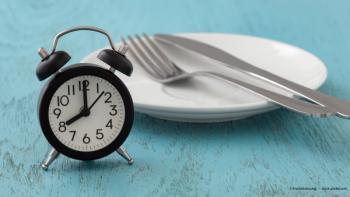
Change can prove to benefit individuals with diabetes, other comorbidities.

A novel ocular corticosteroid is offering hope of quick results for patients.

The American Medical Association is encouraging women to become involved in policy making and educating health care leaders about the barriers women face in their career development.

With several clinical trials underway, ocular therapy is seen as having potential in the treatment of a number of gene-related diseases.
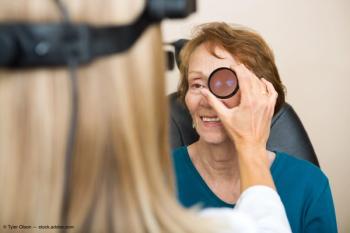
Protocol T Extension Study details methods needed to maintain VA gains over time.

Newest advances improving ophthalmologists’ performance in operating room.
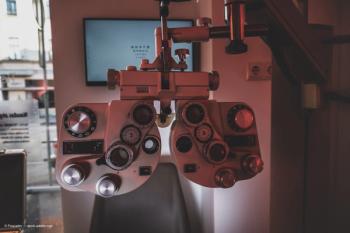
Consistent message, top-of-mind awareness are strategies for growth.

In light of the ongoing COVID-19 pandemic, the Glaucoma Research Foundation will host a virtual Glaucoma 360 annual meeting in 2021.

Patients should be urged to follow manufacturer recommendations when using a UV-emitting germicidal lamp, avoiding direct exposure to the ocular surface. They should leave the room when the lamps are in use.

Patients with pathogenic variants experience lower VA tied to length of IS/OS junction.

Process eliminates need for expensive in-person examination of patients without DR.
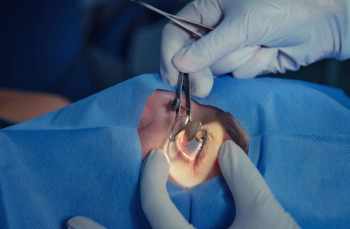
Physicians often use lenses due to abnormal corneal topography or high myopia

Goniotomy-viscodilation cataract surgery controls IOP without medications.

Investigators reviewed visual acuity, multi-modal retinal imaging, electroretinography, family history.


A unique Behind-the-Scenes series from the American Academy of Ophthalmology Truhlsen-Marmor Museum of the Eye kicks off November 18, from noon to 1 pm Pacific, with “The National Trachoma Service.” Register now for this event.

When it comes to using a breath shield as protection against the spread of the coronavirus, bigger may be better, according to investigators.
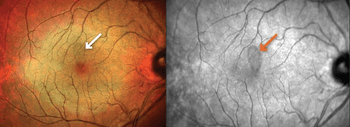
Bradley Smith, MD, presents at AAO 2020 on how fingolimod 0.5 mg, a first-line treatment for multiple sclerosis, may reduce both the number of relapses and disease progression in patients with relapsing-remitting MS as well as the incidence of uveitis.
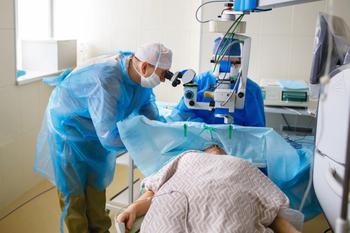
Speaking during the American Academy of Ophthalmology’s virtual 2020 annual meeting, Neal H. Shorstein, MD, explained how physicians at Kaiser Permanente have been using a prophylactic drop-free drug regimen before cataract surgery for more than a decade. Their regimen is so streamlined that the only drop that patients receive in anticipation of cataract surgery is a supplemental dilation drop instilled preoperatively while they are still in the holding area.
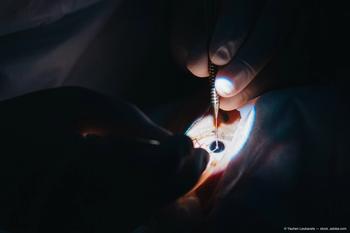
Tamer Mahmoud, MD, PhD, discusses autologous retinal transplant (ART) for macular holes, a procedure he developed, which is providing anatomic hole closure in the vast majority of cases as well as increases in visual acuity.

In a presentation at the American Academy of Ophthalmology’s virtual 2020 annual meeting, Amy K. Hutchinson, MD, explained that while Myopia has been occurring at epidemic rates worldwide, research has found that the use of orthokeratology and multifocal contact lenses can provide clinically meaningful reductions in myopia progression.

During a presentation at the American Academy of Ophthalmology’s 2020 virtual annual meeting, Kathleeen B. Digre, MD, details how a headache in conjunction with visual loss is a scenario that requires an in-depth examination, including evaluation of the visual fields, pupils, and fundus to gather clues to the diagnosis.
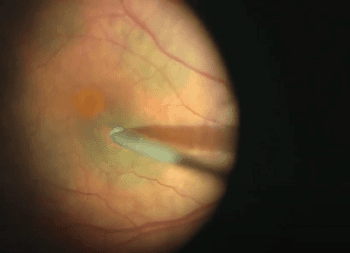
During Day 1 of AAO 2020, Carl Awh, MD, discusses the Micro-Vacuum Pick, a device for peeling internal limiting membranes that's providing vitreoretinal surgeons an alternative to forceps during surgeries.
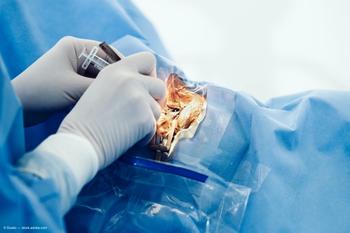
At AAO 2020, Fernando Arevalo, MD, PhD, details the use of anti-VEGF therapy for the treatment of retinal arteriolar macroaneurysms that are near the fovea.
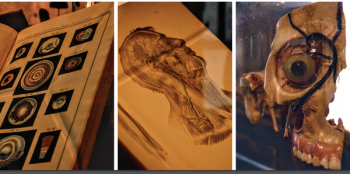
The curators of the American Academy of Ophthalmology’s (AAO) Truhlsen-Marmor Museum of the Eye have been toiling diligently despite the COVID-19 pandemic. So, when opening day does arrive, the results will be eye-opening.
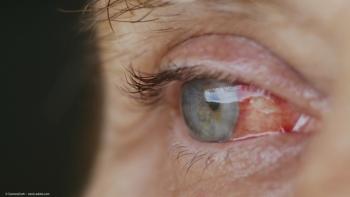
Elevated pressure can lead to irreversible optic nerve damage, vision loss

Device allows visually impaired to recognize shapes, distinguish between light and dark.